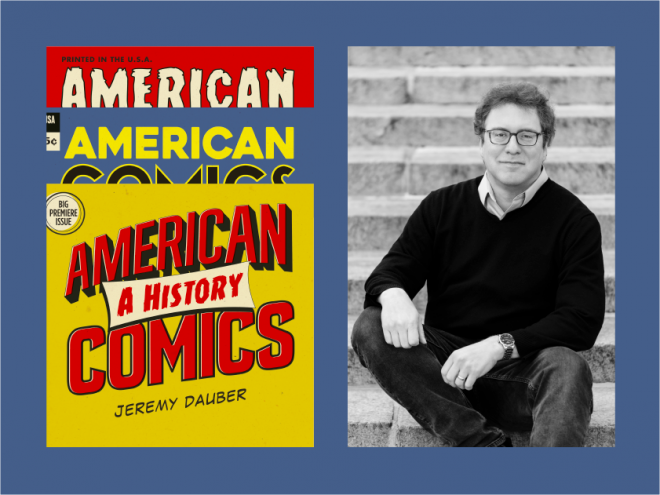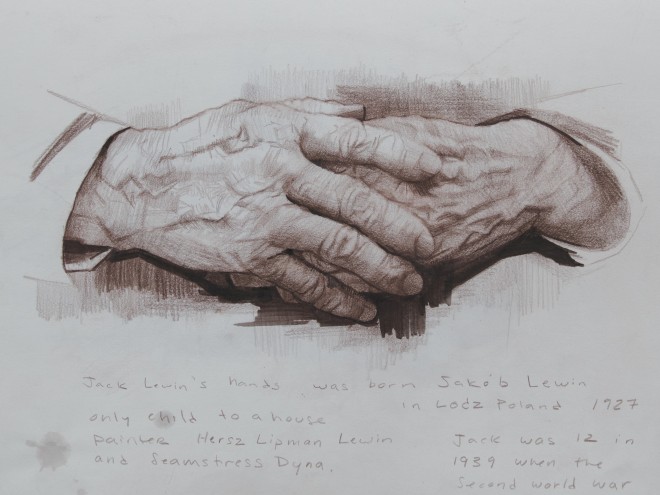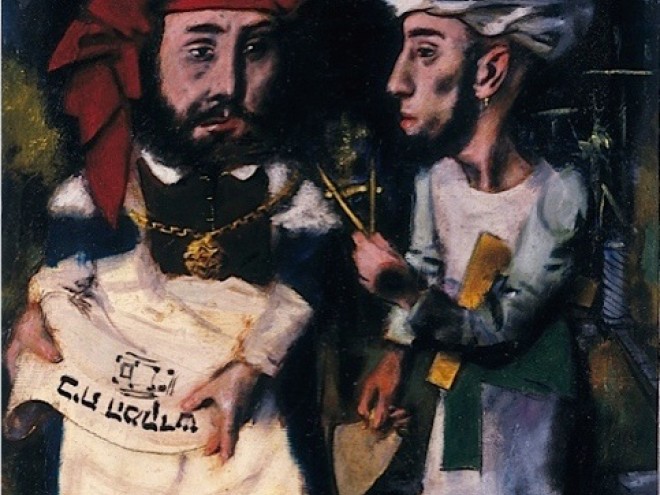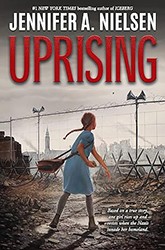In this illustrated volume, Baskind presents and discusses the many forms of media that brought the brutality of the Warsaw ghetto to the attention of the American public. She examines the ways in which television programs, cultural events, art, books, and comics all depicted this Jewish ghetto.
Baskind highlights the fact that American Jews and Israelis deployed the 1943 Warsaw ghetto uprising to dispel the idea that Jews passively went to their deaths “like sheep to their slaughter.” She goes on to discuss two popular novels that were published after the end of the war and appear to have been written directly against this notion of “passive victims”: John Hersey’s The Wall and Leon Uris’s Mila 18. Both depicted heroic acts of resistance and portrayed what Baskind calls “the muscular Jew.” The Wall focuses on families creating community in the ghetto in the face of horrific circumstances, emphasizing their indomitable spirit and the hope that held them together. Mila 18 tells the story of the ghetto resistance fighters, which Baskind analogizes to the stories of both David and Goliath, and the Masada Fortress. She quotes Uris: “From rubble of the ghetto they avenged and redeemed their honor as a people.” Pointing to cover illustrations for Mila 18, as well as other publicity for the book, Baskind identifies a deliberate intent on the part of Uris to reinvigorate postwar Jewish identity, and positively influence others’ perceptions of Jews.
In the 1960s and early 70s, the television series The Twilight Zone included several episodes on the Nazi period, some better-received than others. The show’s creator Rod Serling was criticized for presenting nuanced German characters and for featuring non-Jewish Nazi victims. Nevertheless, Baskind points out that episodes such as In the Presence of Mine Enemies and Deaths-Head Revisited remain central depictions of the Holocaust in pop culture.
Baskind’s chapters on the painter Samuel Bak and graphic artist Joe Kubert focus on the more than 1.2 million child victims of the Nazis. The oft-reproduced photograph from the Stroop Report of a little boy with his hands in the air inspired more than seventy paintings by Bak, himself a child survivor who spoke of his trauma as “a heavy shadow.” Other famous artists who used the Stroop Report photo in their work include Judy Chicago, Audrey Flack, and Jack Levine. Baskind goes on to explore the potential for exploitation of the ghetto’s history and its inhabitants through art.
Kubert, meanwhile, who worked as DC Comics’ Director of Publications, was known for producing sometimes-controversial stories with German protagonists and endings that differed from historical fact. His graphic novel Yossel: April 19,1943 imagines what his fate might have been had his parents not escaped Poland when he was a child.
Baskind ends the book by reiterating her differentiation between the ghetto and the death camps and why the former, with its spirit of hope, continues to inspire creative output. The ghetto’s “use in art as a vehicle to uplift, persuade, educate, remember, and even entertain — both in its reality and in its exaggerations — has formed the core of this study,” she writes.





